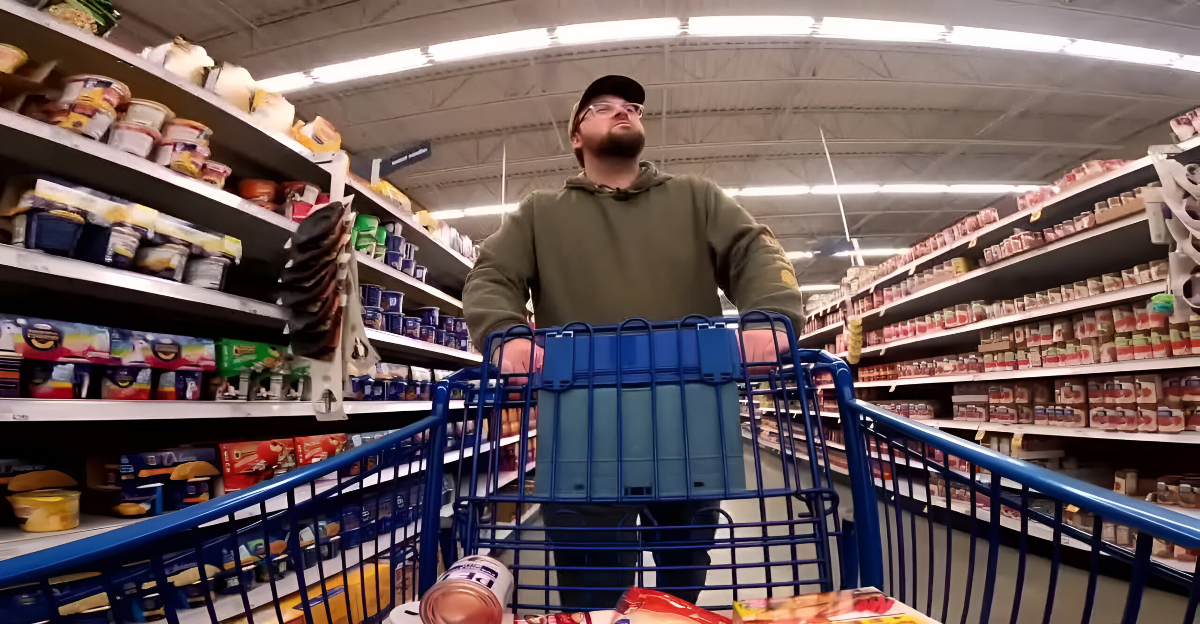
A major grocery deal is in motion. On June 23, 2025, C&S Wholesale Grocers announced it’s buying SpartanNash for $1.77 billion. This move will reshape how food moves across America. With both companies serving military bases and local stores, the impact could touch nearly every part of the country. So what does this mean for your neighborhood grocery store? Let’s take a closer look at the deal.
What’s in the Deal?

C&S is offering $26.90 a share to buy SpartanNash, a big jump from the $17.64 price just days earlier. That’s a 52.5% premium and shows how serious they are. The full deal, including debt, is worth $1.77 billion. Both companies approved it, and it’s set to close later this year. With the paperwork nearly done, all eyes are now on what happens next.
Who Exactly Is SpartanNash?

SpartanNash runs nearly 200 grocery stores like Family Fare and Martin’s Super Markets. They also supply goods to smaller grocers and deliver food to military bases. In fact, they’re the biggest distributor for U.S. military commissaries, reaching more than 160 bases and 400 exchanges around the world. This makes them more than just a grocery chain. Their role is bigger than most shoppers realize.
Meet the Company Doing the Buying

C&S Wholesale Grocers, based in New Hampshire, is already the biggest grocery distributor in the country. Founded in 1918, it supplies over 7,500 stores and brings in more than $30 billion a year. They serve supermarkets, chains, and military bases alike. With this purchase, C&S wants to grow even larger, and that could change how thousands of stores get their goods.
The Size of the New Combined Company
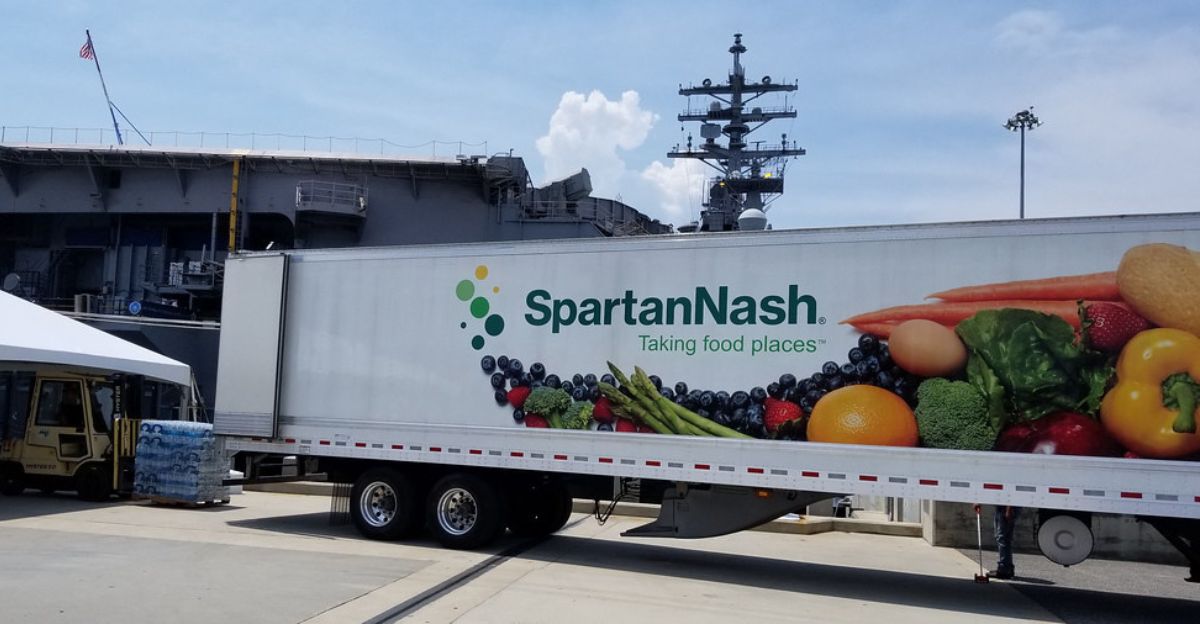
Once the deal goes through, the two companies will run around 60 distribution centers nationwide. Together, they’ll supply nearly 10,000 independent stores and manage more than 200 grocery locations. This gives them major power in the food world, especially for smaller retailers trying to compete with giants like Walmart. The plan is to use that size to stay competitive but it may come with tradeoffs.
Could Store Closures Be Coming?
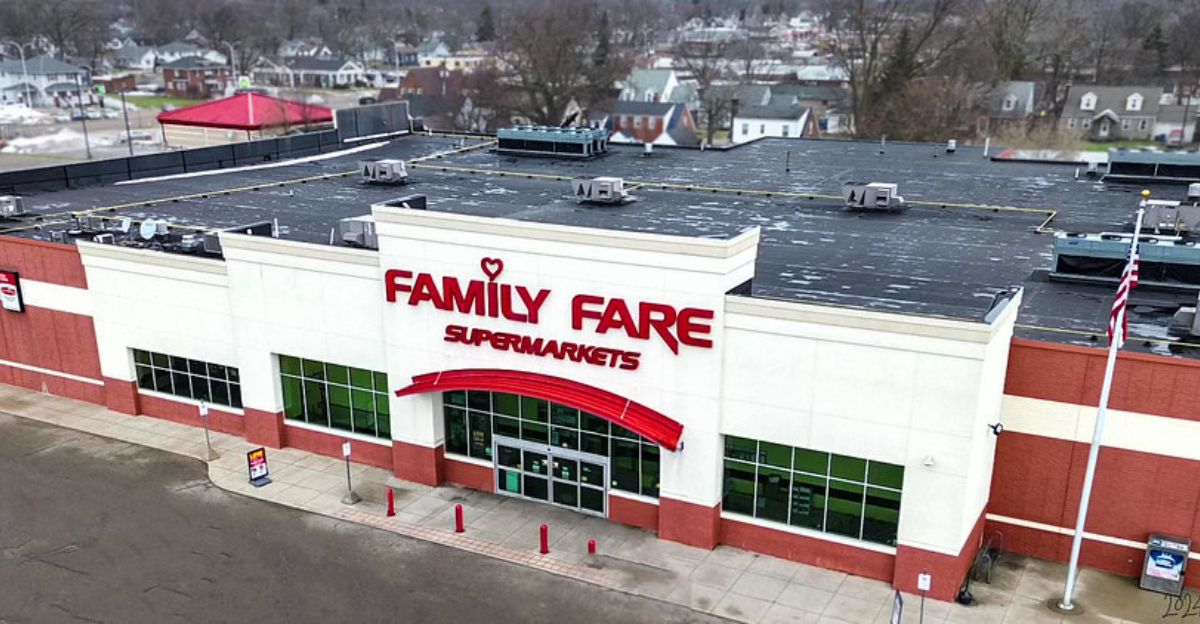
SpartanNash already closed four stores earlier this year; three Family Fare locations and one VG Grocery. These were called “portfolio optimization” decisions and happened before the merger was announced. So far, there’s been no word on whether more closures are coming. But big deals like this often lead to tough choices. That’s why many communities are watching closely to see what happens next.
Military Families Are Watching This Too
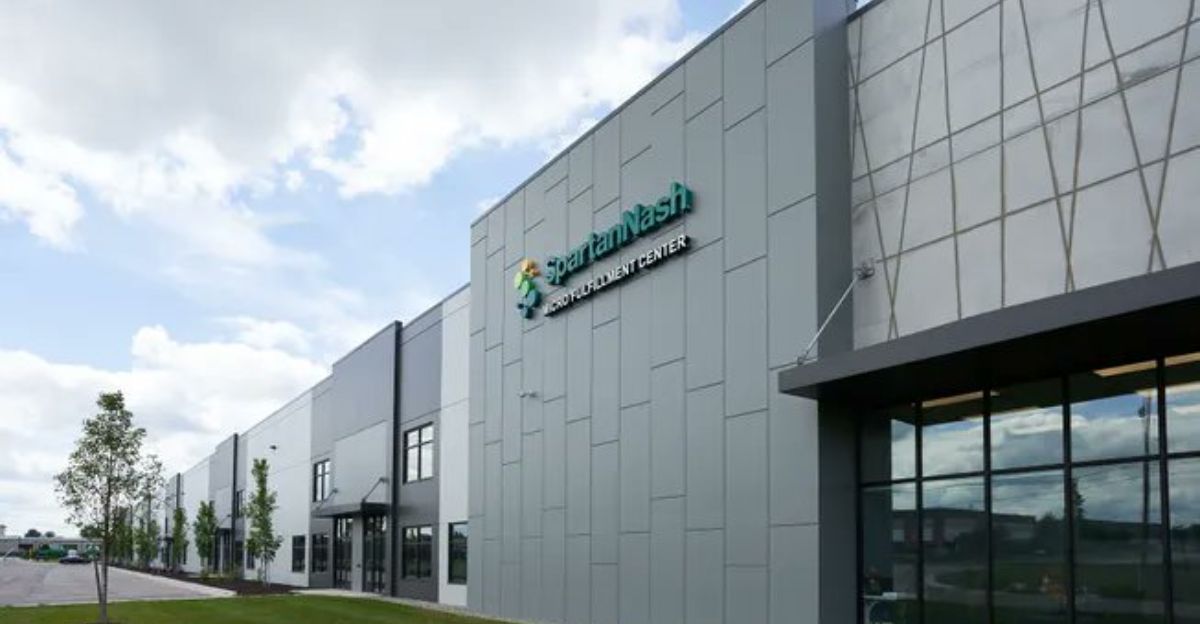
This deal isn’t just about grocery stores. SpartanNash delivers food to U.S. military commissaries around the world, including Europe, Asia, and the Middle East. They hold contracts that run through 2025. C&S has said it plans to honor those contracts and continue serving military families. Still, anytime companies change hands, people wonder if service levels will change. That’s a key issue in this merger.
SpartanNash Was Already Growing Fast
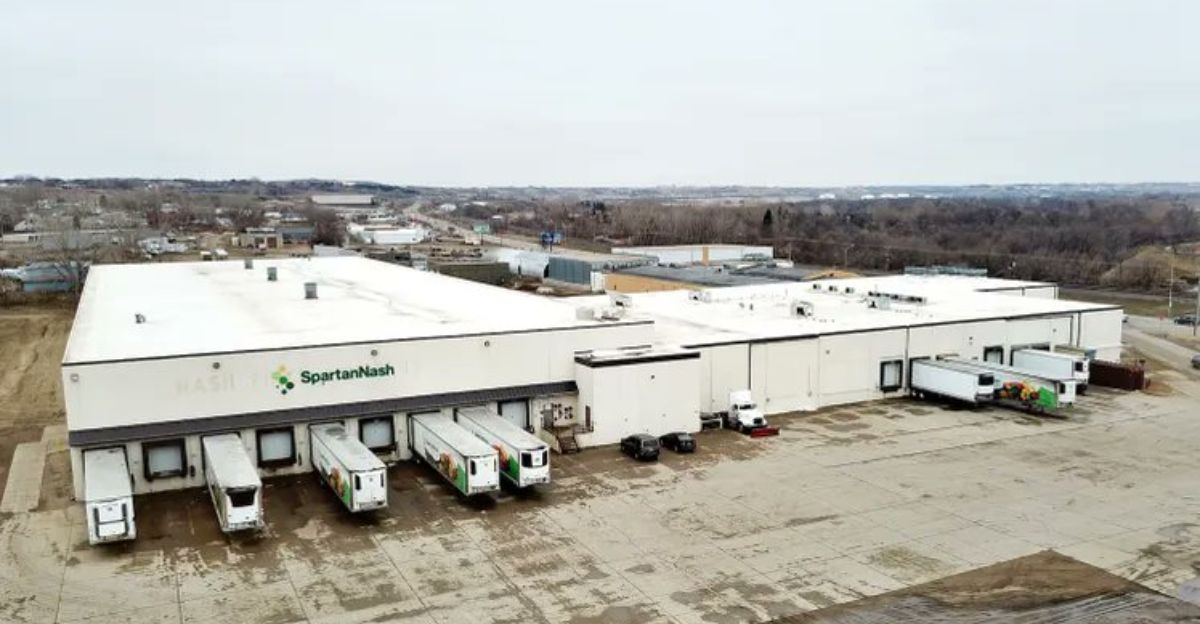
Early this year, SpartanNash reported $2.91 billion in net sales. Its retail segment jumped nearly 20%, partly because of new acquisitions. The company also had three straight years of record earnings before this deal came together. On paper, things looked strong. But even fast-growing companies can feel pressure in a changing industry, and that’s where the idea of merging for survival often comes in.
What’s the Real Goal Here?
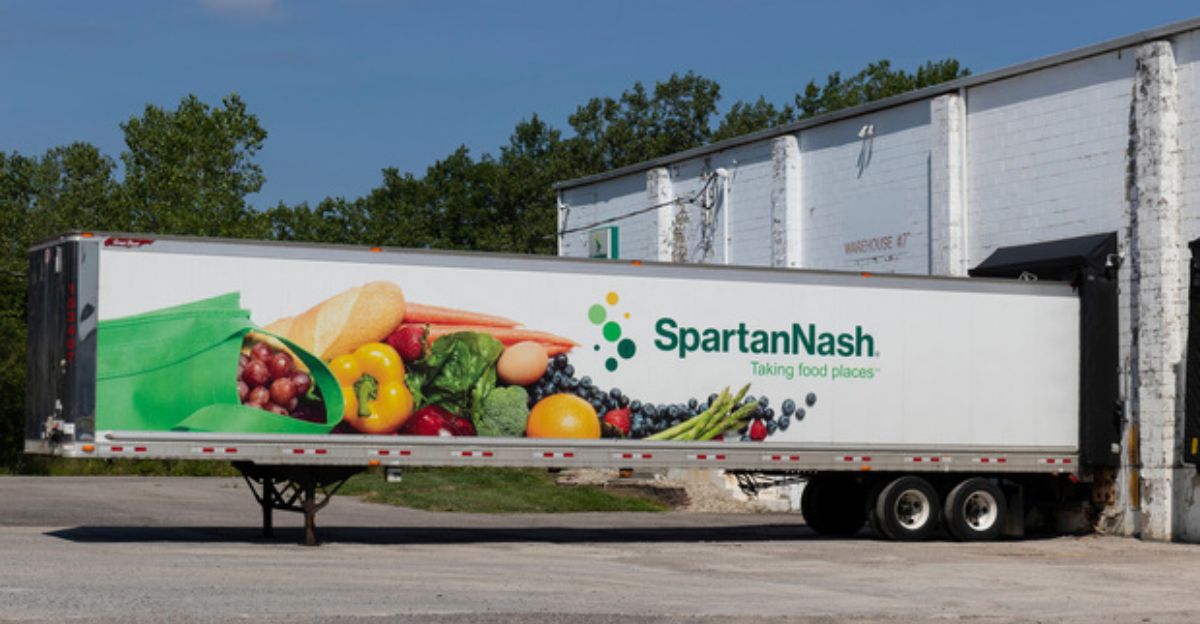
The big reason for the merger is scale. By joining forces, C&S and SpartanNash expect to lower costs and boost buying power. This could help them compete better against retail giants. But size doesn’t solve everything. Merging also creates new challenges, from combining systems to keeping customers happy. That’s what both companies will have to manage once the deal goes through.
Who Decides If This Can Happen?
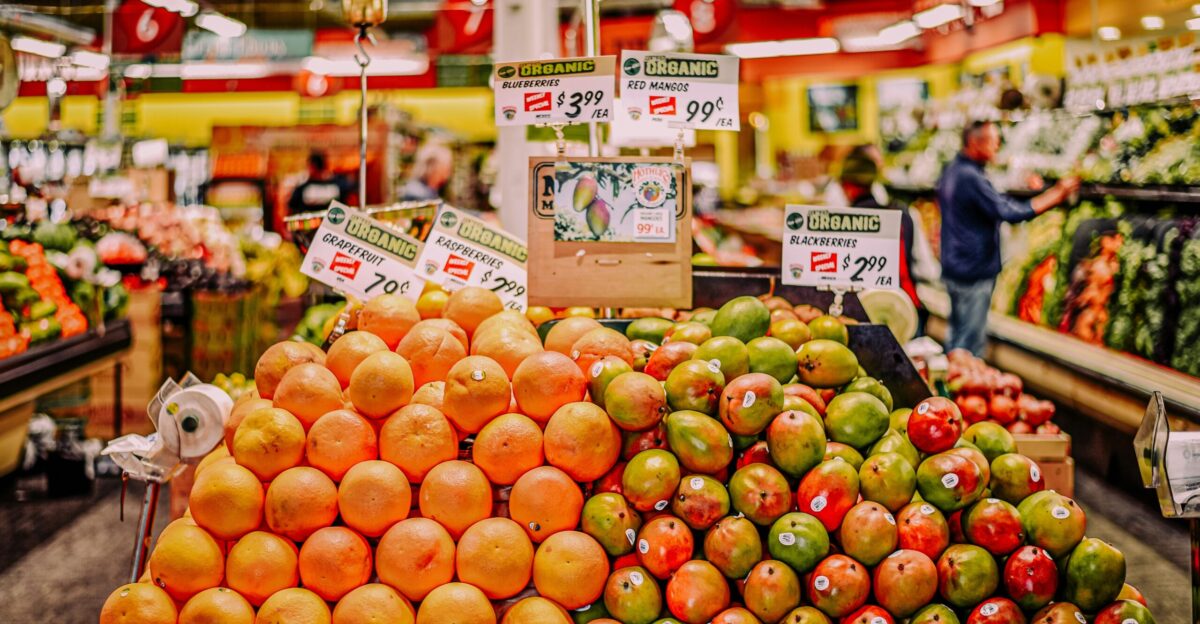
Before anything is final, the deal must get past regulators. That includes the Federal Trade Commission, which looks at whether mergers like this hurt competition. SpartanNash shareholders also need to approve it. C&S has secured debt financing from Wells Fargo to back the deal. If everything moves forward, SpartanNash will become a wholly owned part of C&S before the end of 2025.
How This Affects Local Grocery Stores
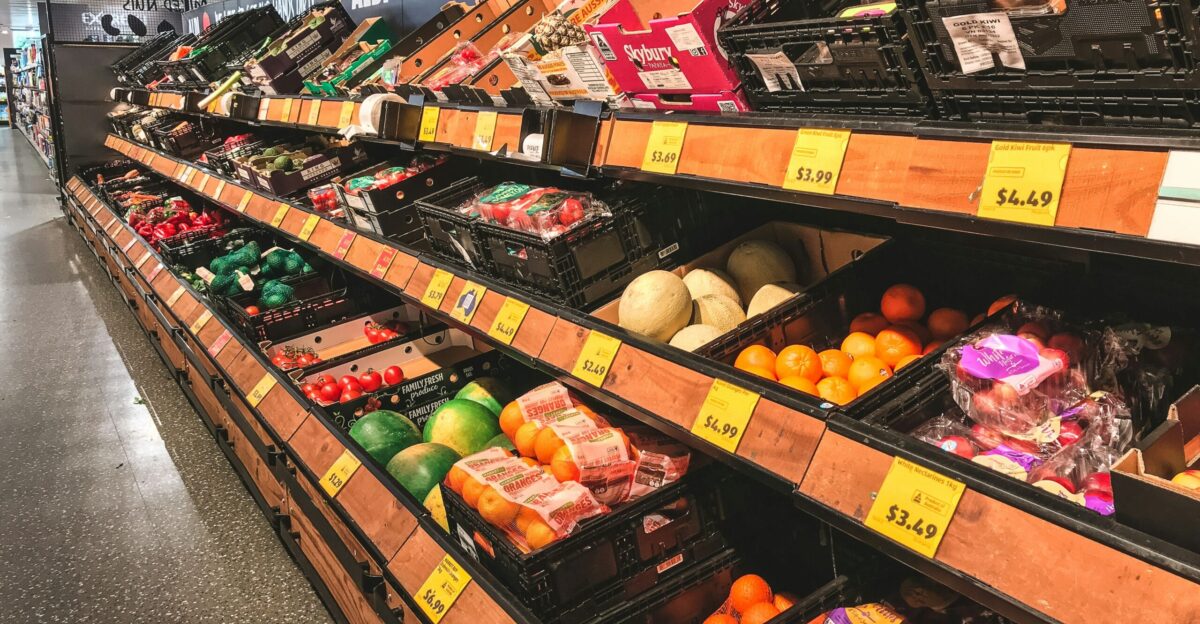
Small, independent grocers often rely on companies like SpartanNash and C&S for food and supplies. With both now merging, those stores could face changes in pricing, service, or how fast they get deliveries. Some might benefit from better support. Others might lose flexibility. The deal could make it harder for little stores to stay nimble, and that’s where some local concerns come in.
Big Chains Like Walmart Still Rule the Market
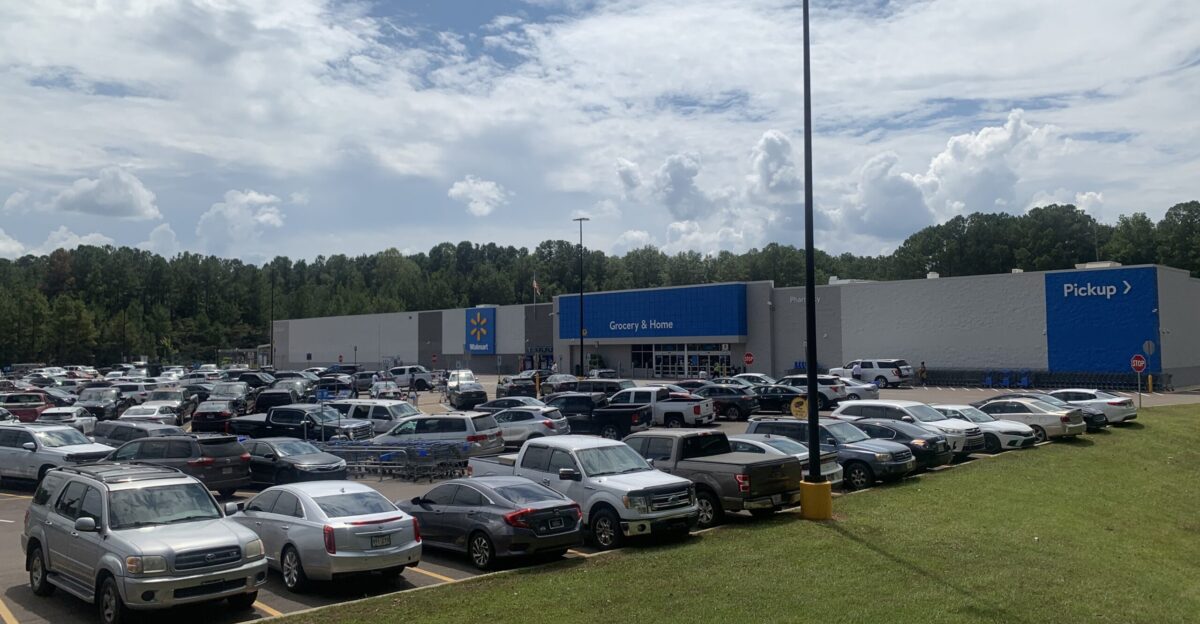
Even with this merger, Walmart is still the leader. It controls about 21.2% of all U.S. grocery sales. That’s why C&S and SpartanNash are looking to team up. Together, they’ll have more bargaining power when dealing with suppliers. They’ll also be better equipped to serve retailers who are struggling to compete. But whether that leads to better prices remains to be seen.
Why the FTC Might Step In

Government regulators may worry that this deal gives the merged company too much control over grocery supply chains. When fewer companies hold more power, prices can go up and options can shrink. The FTC has blocked other retail mergers before. So while both sides hope this deal goes through, they may still face questions about how it affects competition across the country.
The Deal Could Shake Up Food Distribution

Together, C&S and SpartanNash will control a much larger delivery network. This might speed up service and reduce costs, but only if everything works smoothly. Merging two large companies is complicated. Delays, staffing problems, or system failures could slow things down. That’s why some retailers are nervous. The real test will come when the first delivery trucks roll out under the new system.
What Happens to the Store Brands You Know?
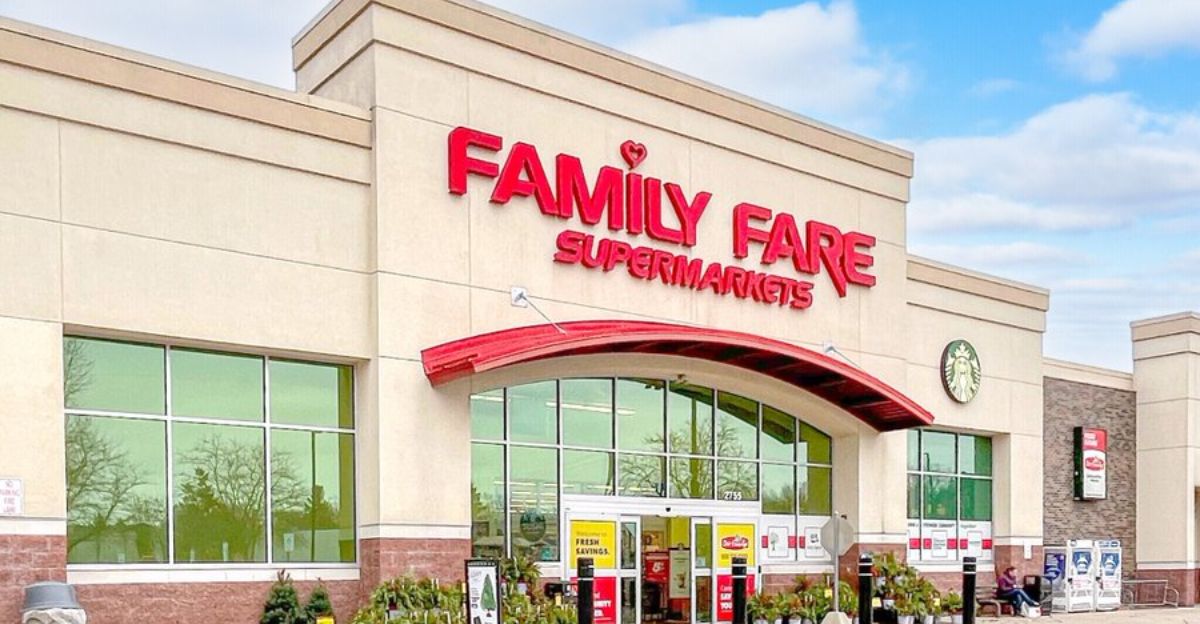
Stores like Family Fare, Martin’s Super Markets, and D&W Fresh Market may stay open, but that’s not guaranteed. When mergers happen, companies often rethink which brands to keep and which to retire. They may close underperforming stores or rebrand them entirely. For customers, this could mean seeing familiar names disappear. Communities with only one nearby grocery store could feel the change the most.
Franchise Owners Are Left Wondering
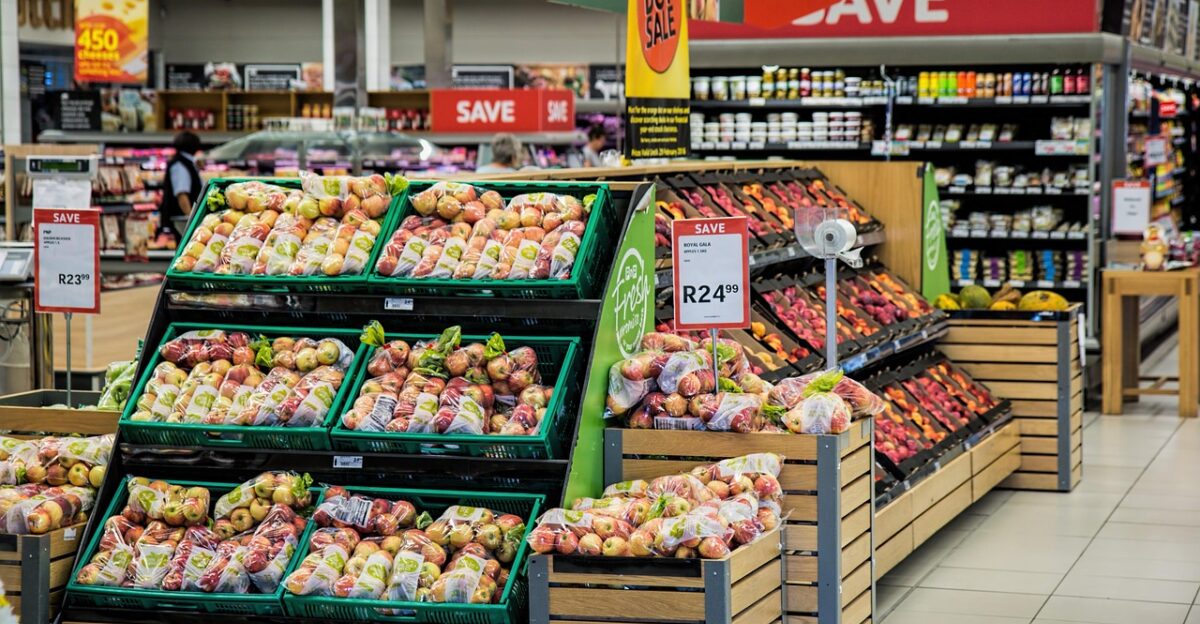
Many SpartanNash stores are run by franchisees, people who invested in the brand. These owners now face an uncertain future. Will the new company support them? Will contracts change? Some feel left out of the conversation as the merger moves forward. Their questions matter, because franchisees often decide how much service and care your local store can offer. A lot is still unknown.
Could This Be Just the Beginning?

If this deal works out, it may encourage even more consolidation. Smaller grocery companies could become targets. Mid-size chains may look to merge for protection. That means the grocery world could keep changing, fast. For shoppers, it’s a reminder that even something as basic as where you buy food isn’t as stable as it once seemed. The ground is shifting under everyone’s feet.
What This Means for You

This deal could lead to stronger supply chains and lower costs, or it might bring fewer options and store closures. The truth is, no one knows yet. What’s clear is that a major shift is happening in the grocery world. Whether you shop at a big box store or a neighborhood market, this change could affect you. The question now is what happens next.